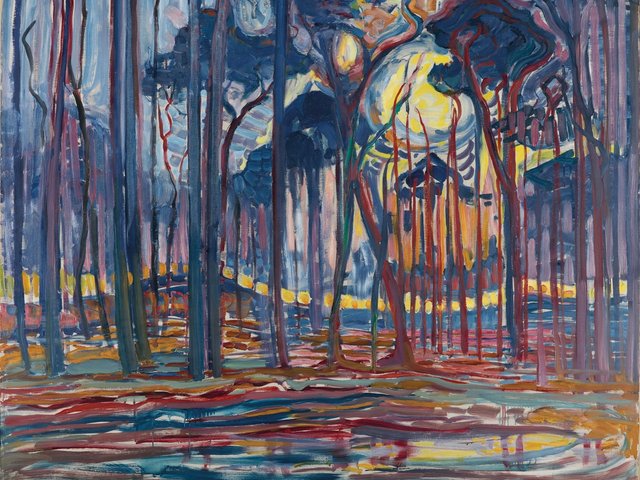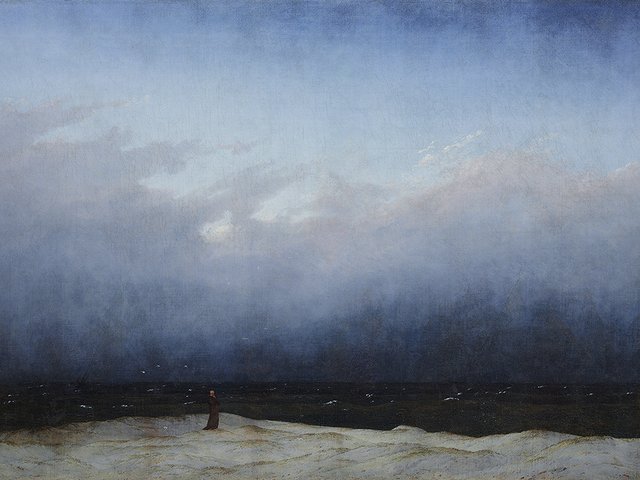To celebrate the centenary of the death of Arnold Böcklin, the Kunstmuseum in Basel has gathered together 90 of his paintings for a major exhibition (until 26 August). Böcklin is a favoured son of Basel—he was born there—and the Kunstmuseum last held a big Böcklin exhibition 20 years ago.
The chronological hang of this show displays Böcklin’s development through late Romanticism to Symbolism, as well as the succession of events that made his life so turbulent. His paintings continue to fascinate, with their curious contrast between dream and reality and their mythical, though realistic, figures.
After spending his youth in Basel, Böcklin attended the Akademie in Düsseldorf, where he was the pupil of Wilhelm Schirmer. While there he made several study trips to Brussels, Antwerp, Munich, Weimar and Zurich. From 1850 he was in Rome where he discovered classical mythology and the ancient world.
The views of the Roman campagna date from this period. Böcklin invests the landscape with intense pathos, peopling it with satyrs, fauns and other mythological figures.
He left Italy to take up a teaching position at the Akademie in Weimar. His first success came in 1859 when he sold “Pan in a thicket” to Ludwig I of Bavaria for the Neue Pinakothek in Munich. He painted several portraits at this time, taking inspiration from Venetian models.
During a second visit to Rome in 1862 his painting of Pompeii suggested a new style and greater creative freedom. He returned to subjects he had already tackled (two versions of “Villa on the sea shore” can be seen in the exhibition, dating from 1864 and 1877), and gave himself over to an increasingly whimsical style (“Vita somnium breve”, “The awakening of spring”), painting traditional subjects full of psychological introspection (“The death of Cleopatra”, “Triton and the Nereids”, “Ulysses and Calypso”). The exhibition ends with paintings from the 1870s and 1880s, brightly coloured pieces which mark Böcklin out as the German-speaking countries’ greatest Symbolist (“Triton and the Nereids”, “The battle of the Centaurs”).
The series of self-portraits is particularly interesting. The six on display include the picture of Death playing the violin. Böcklin’s masterpiece, the “Island of the Dead” of which he painted five versions is represented here, most unusually, by three of the five. The exhibition will transfer to the Musée d’Orsay in Paris.
“Arnold Böcklin”, Kunstmuseum, St Alban-Graben 16, Basel, Tel: +41 (0)61 206 6262, fax+41 (0)61 206 6253 (until 26 August). Then to the Musée d’Orsay, 62 rue de Lille, Paris, Tel: +33 (0)1 40 49 48 14 (4 October to 15 January 2002)
Originally appeared in The Art Newspaper as 'The greatest German symbolist'



